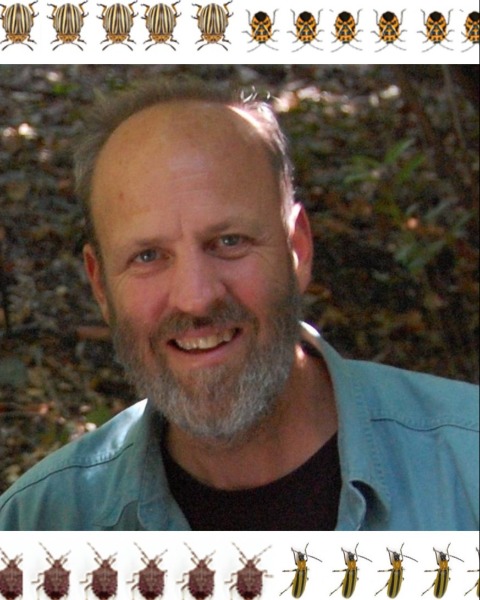Member Symposium
Synergy in Biological Control of invasive insects: Utilizing the Ecology and Behavior of Natural Enemies
10: Effects of kairomones on field parasitism of stink bugs by Trissolcus japonicus
On-Demand

Joe M. Kaser
USDA-ARS
Philadelphia, Pennsylvania
Donald C. Weber
USDA-ARS
Beltsville, Maryland.jpg)
Kim Alan Hoelmer
USDA
Newark, Delaware- AK
Ashot Khrimian
USDA-ARS
Beltsville, Maryland
Presenting Author(s)
Co-Author(s)
Halymorpha halys, the brown marmorated stink bug (BMSB) has become a destructive invasive pest of international concern since its first discovery in the USA in 2001. Natural enemies in the native Asian range of BMSB are likely key to rendering BMSB a pest of significantly less severity in Asia, in part due to attack by the egg parasitoid Trissolcus japonicus (Hymenoptera: Scelionidae). Adventive populations of T. japonicus have been reported in North America since 2014, and while the species continues to spread, local densities often remain quite low and its biological control impact of on BMSB is unclear. Additionally, there is so evidence of attack on native stink bugs like Podisus maculiventris. Laboratory research into the foraging behavior of T. japonicus has indicated that chemical traces left by adult and nymphal stink bugs are important in locating host eggs, and that native stink bugs elicit a weaker local foraging response compared to BMSB; however the impact of these kairomones on field parasitism remains unexplored. We evaluated the impact of stink bug kairomones on the field by mass releasing T. japonicus within an array of potted maple trees treated or untreated with kairomones. Parasitism on sentinel egg masses was recorded and compared for BMSB and native stink bugs. Results will be discussed in the context of biological control efficacy and risk.

